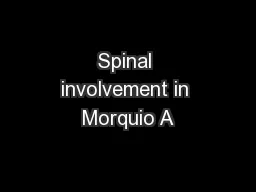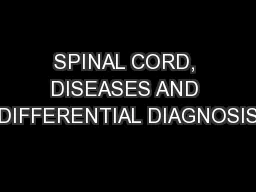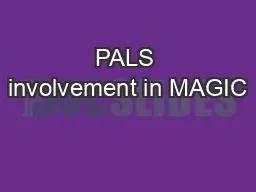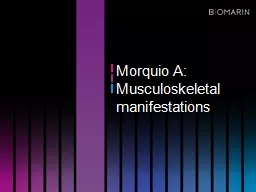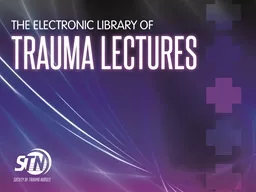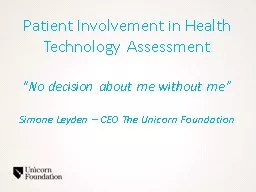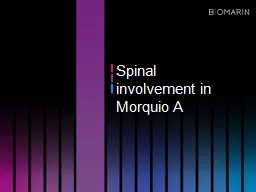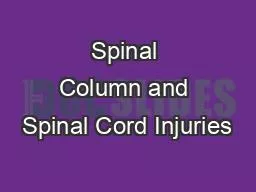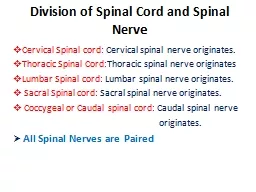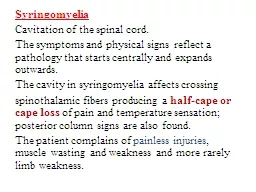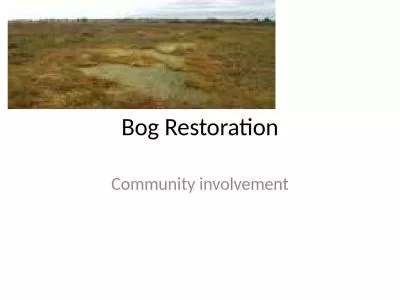PPT-Spinal involvement in Morquio A
Author : kittie-lecroy | Published Date : 2015-12-04
Atlantoaxial system anatomy and pathology Articulation of C1 atlas with C2 axis is complex comprising several joints Median atlantoaxial joint Two lateral atlantoaxial
Presentation Embed Code
Download Presentation
Download Presentation The PPT/PDF document "Spinal involvement in Morquio A" is the property of its rightful owner. Permission is granted to download and print the materials on this website for personal, non-commercial use only, and to display it on your personal computer provided you do not modify the materials and that you retain all copyright notices contained in the materials. By downloading content from our website, you accept the terms of this agreement.
Spinal involvement in Morquio A: Transcript
Download Rules Of Document
"Spinal involvement in Morquio A"The content belongs to its owner. You may download and print it for personal use, without modification, and keep all copyright notices. By downloading, you agree to these terms.
Related Documents

